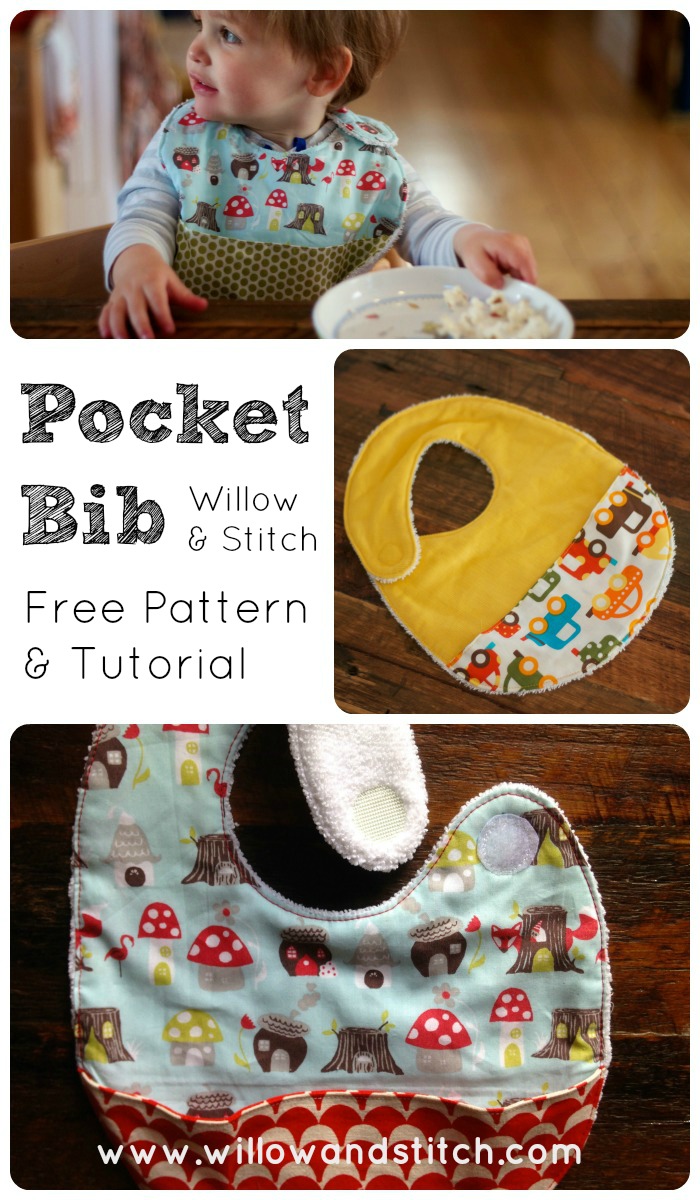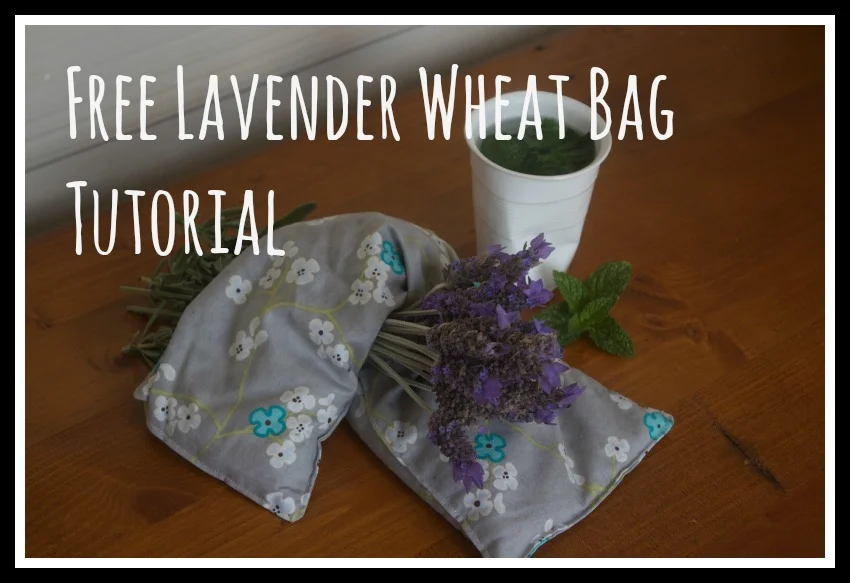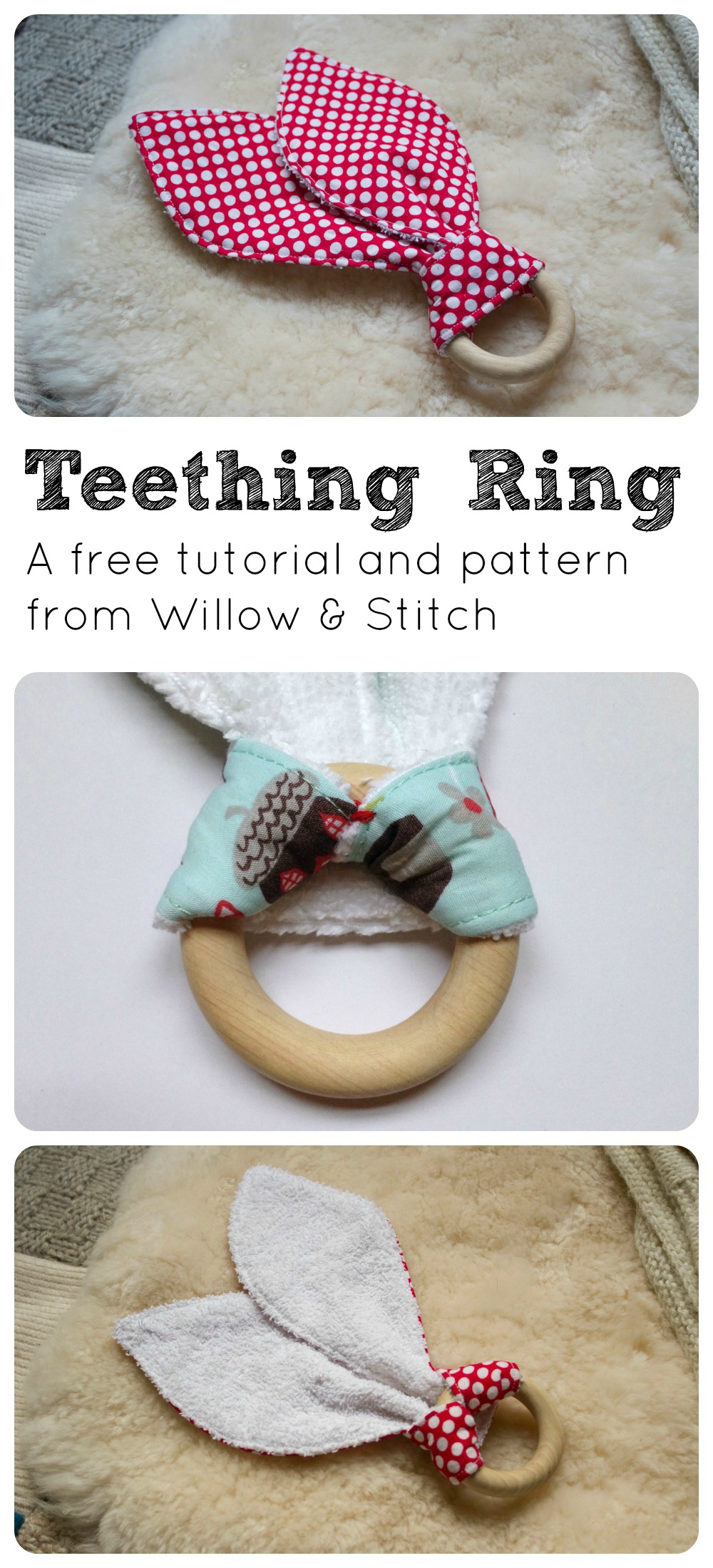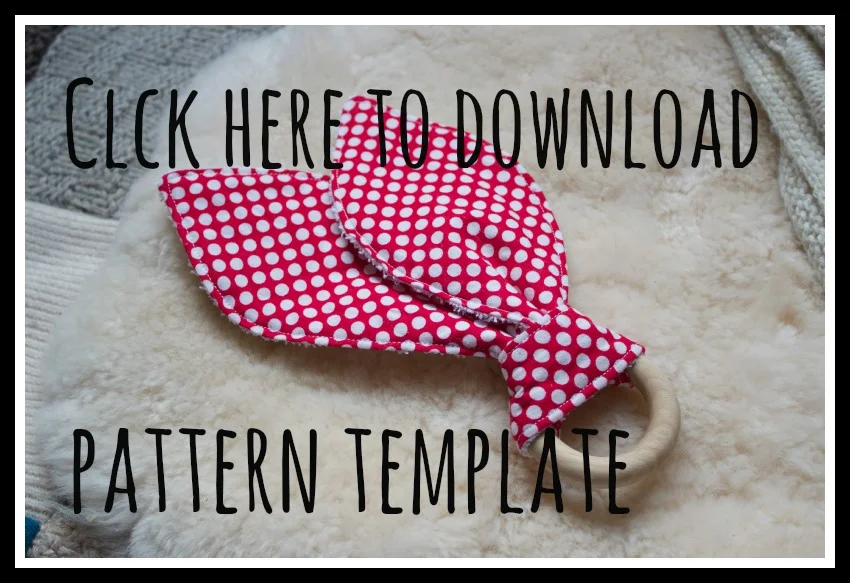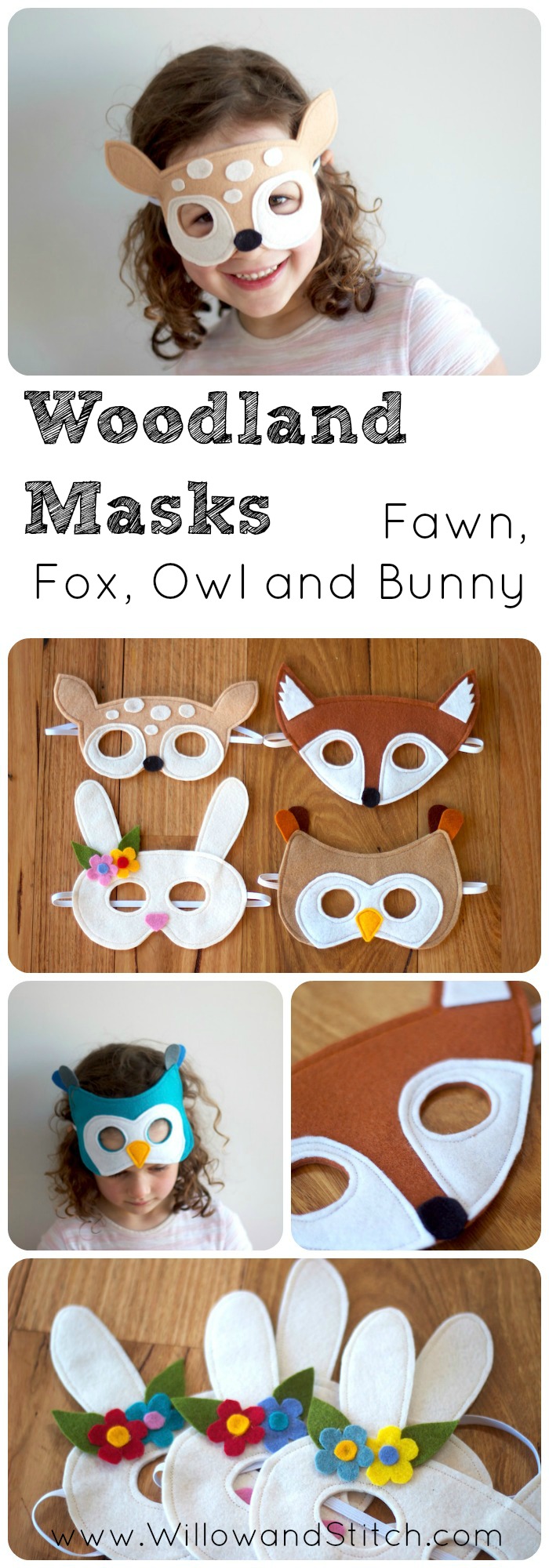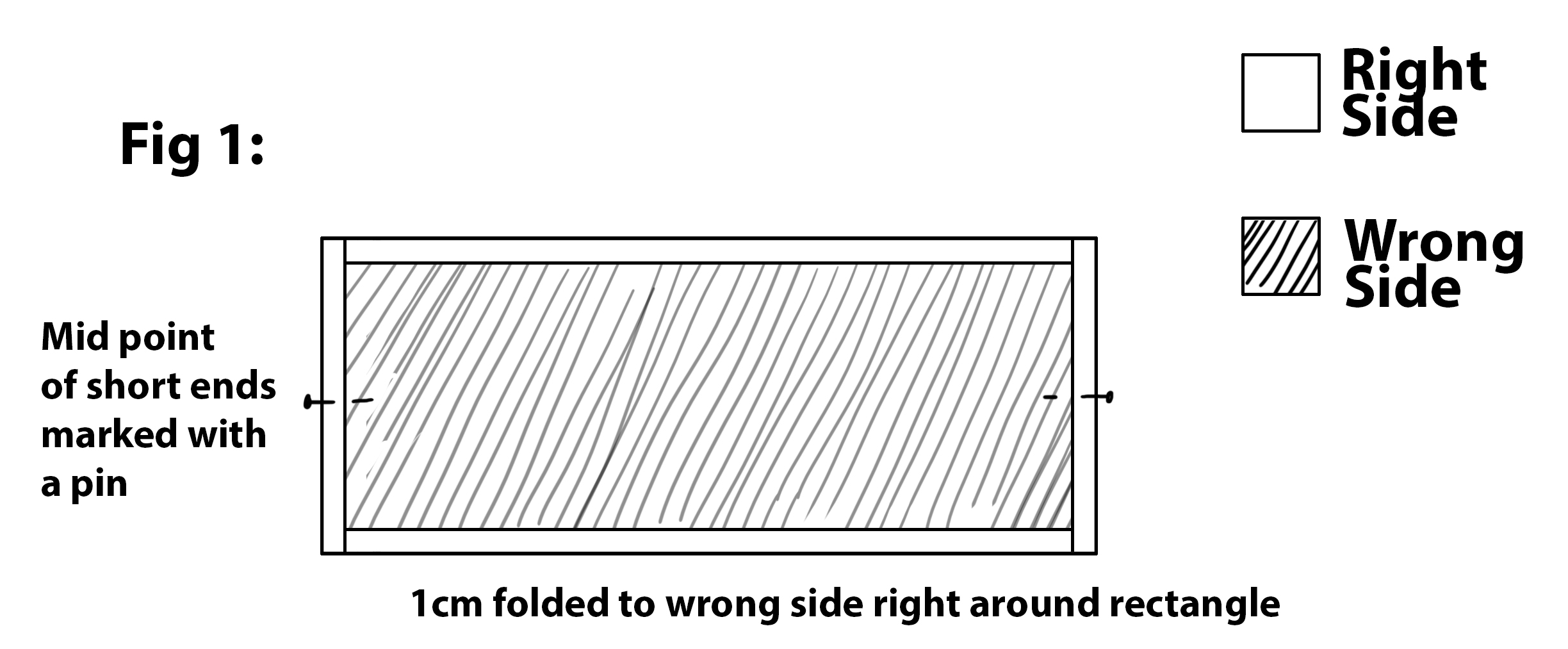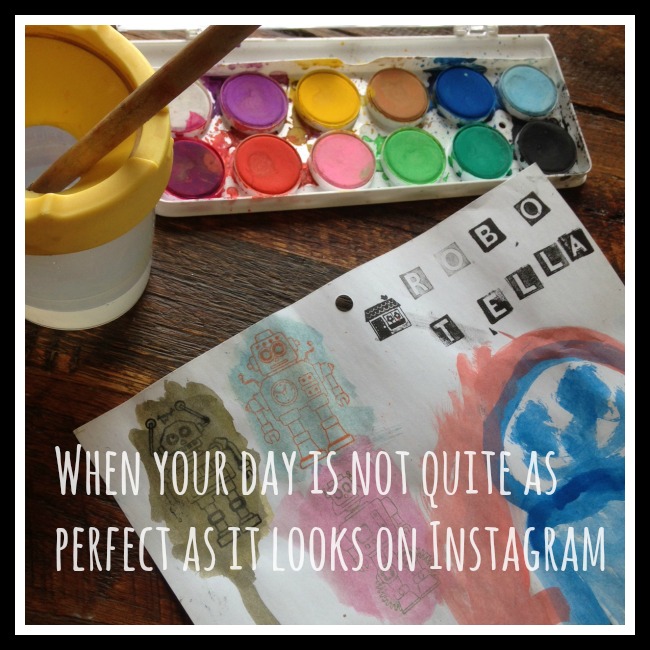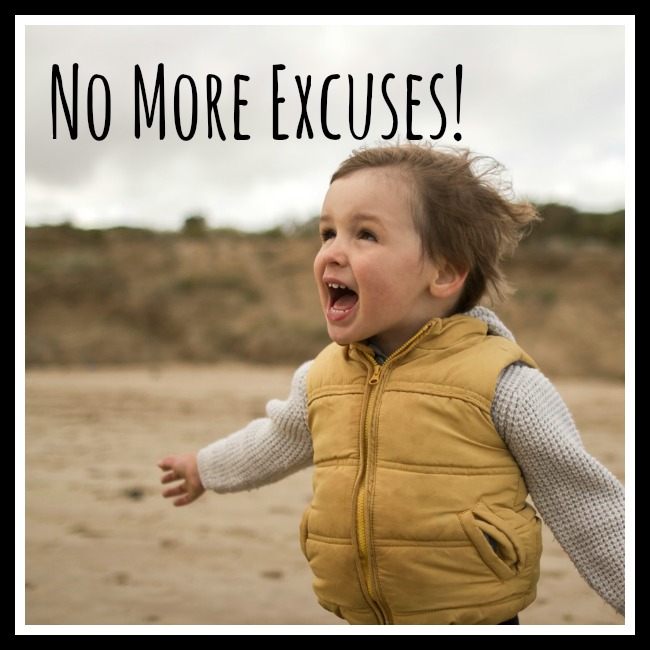I love wheat bags, they are a wonderful, natural way to soothe away aches and pains. I was first introduced to their magical properties when I was expecting my first baby because they are great for easing back pain during pregnancy, and also work wonders on early labour contractions and post-partum cramps. Since then I've found that they are perfect for relaxing tense shoulders caused by feeding or carrying a baby for hours on end. Also very useful when you're in pain from carrying preschoolers who are really much to big to be carried, or from spending 20 minutes on your knees trying to pick up all the lego which has been evenly distributed over the entire house.
These wheat bags contain dried lavender which has a soothing and calming effect. Lavender can be used to treat tension, depression, exhaustion, headaches and migraines – making it perfect for new mums and not so new mums alike. I think these also make really nice gifts - for mums, grandmas, aunties, teachers - you name it. They also have the added bonus that they take about 5 minutes to sew - perfect for last minute!
Warm your wheat bag by heating it in the microwave with a glass of water for 1-2 minutes.
You will need:
- Two 42 x 18cm (16.5 x 7") rectangles of fabric
- 900g (2 lb) of wheat
- 2 tbsp dried lavender.
- A funnel
You can buy wheat at most wholefood stores or even at some of the larger pet supplies stores. Dried lavender can also be bought in wholefood stores, online, or perhaps you have some lavender in the garden? Cut the stems and hang a bunch upside down to dry for a few weeks.
Directions:
Place your two fabric rectangles on top of each other, right sides together. Join the pieces, sewing with a 1cm (1/2") seam allowance, right around all 4 edges. Leave a 5cm (2") turning / filling hole at one of the short ends. Remember to backstitch at either side of your turning hole.
Snip off the seam allowance at the corners, taking care not to cut through your stitching.
Turn fabric to the right side using a knitting needle or chopstick to push out the corners. Press with a warm steam iron.
Topstitch 5mm from the edge along both long sides of the wheat bag and along the short side without the turning hole.
Mix 2 tablespoons of dried lavender with 900g (2 lb) of wheat and use the funnel to pour it into the wheat bag through the turning hole. Pour until the bag is about half full. Taking care not to spill the contents, pin and topstitch the remaining short edge to seal your turning / filling hole.


